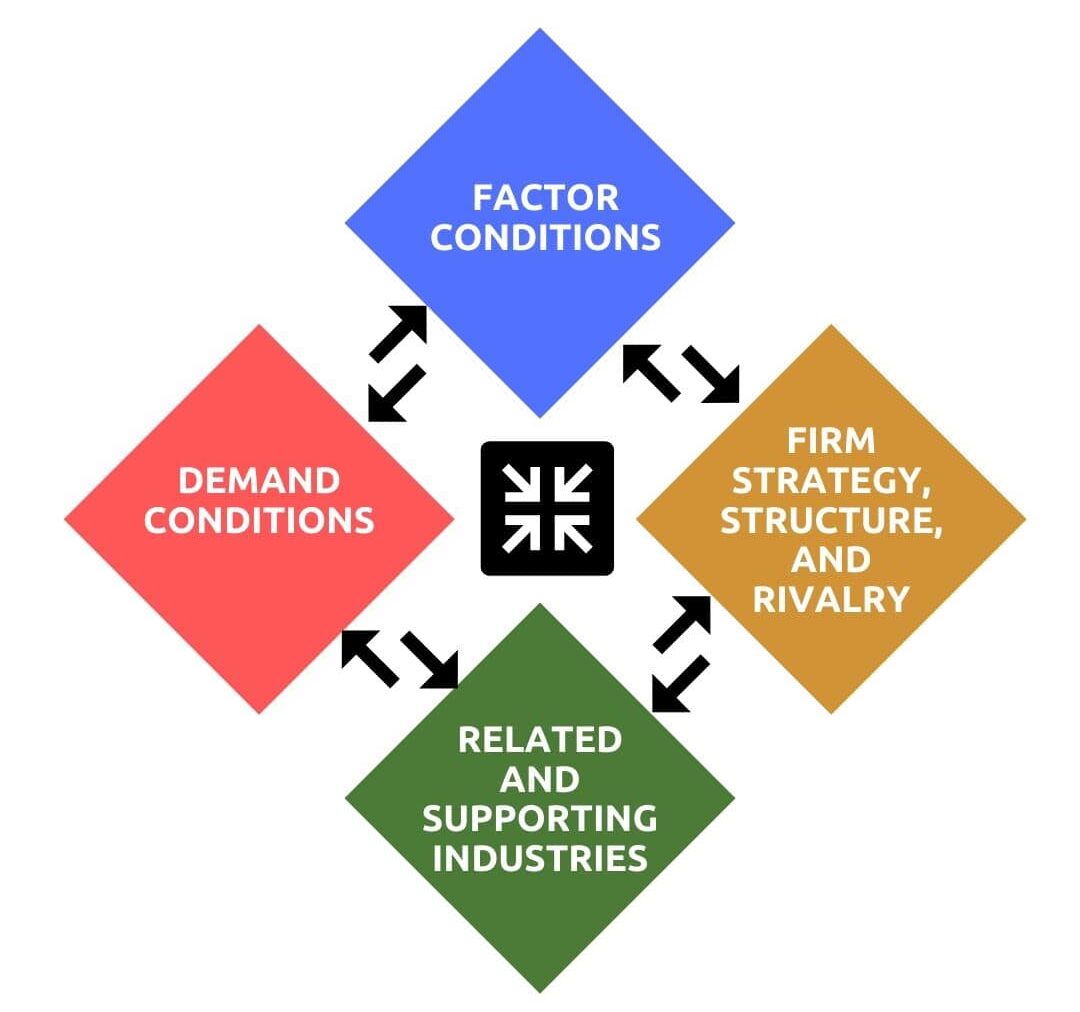Now more than ever, companies are putting more attention to innovation that make their products and services more competitive, thereby enable them to survive and flourish in the changeable and challenging global environment. Innovation is seen as the first attempt to carry out a new creative idea, and translate it into practice. However, it isn’t easy; it’s a difficult and complex task. There are two primary factors influencing the success of innovation: technical resources (people, equipment, knowledge, money, etc.) and the abilities in the organisation to manage these resources to encourage innovations. However, the latter is the precondition which can place high premiums on innovation. Organisation is a kind of breeding ground for generating creative idea and capturing new opportunities. An innovative organisation has several key components: appropriate structure, effective team working, external focus, leadership, key individual, creative climate and etc. All the factors are absolutely essential. All innovative organisation Continue reading
Strategic Management Concepts
What is Strategic Innovation?
Innovative thinking can be applied to the strategic planning of an organization to create new opportunities and boost market performance. Strategic Innovation is the creation of growth strategies, new product categories, services, or business models that change the market and generate significant new value for consumers, customers, and the organization. Strategic Innovation takes the road less traveled – it challenges an organization to look beyond its established business boundaries and to create possibilities in an open-minded and creative environment. It has been seen that focusing on the short-term aspects typically yields short-term results, however, firms seeking to make significant breakthroughs identify both, big and innovative ideas. Strategic Innovation calls for a holistic approach that operates on multiple levels. First, it blends non-traditional and traditional approaches to business strategy, deploying the practices of “Industry Foresight”, “Consumer/Customer Insight” and “Strategic Alignment” as a foundation, and supplementing them with more conventional approaches and Continue reading
Stakeholder Theory and Corporate Governance
In contemporary society, business organizations are taking on an increasingly complex and significant role. Some corporate giants control vast resources and possess enormous influence in human daily life. Especially when they enter areas such as health care and education, they can have a more deep relationship and powerful impact on society. However, the nature of business activities is to pursue the best interests and it could lead to some conflicts between different stakeholders. Thus, proper corporate governance needs to be used to ensure corporates continue operating on a normal track. In theory, corporate governance is a kind of system that could direct and control companies. The object of corporate governance is to make maximum profit for shareholders in the past. Unfortunately, it has been considered one of the most root causes of the governance crisis in recent times. On the one hand, excessive pursuit of share price performance has neglected Continue reading
Evaluation of Porter’s Diamond Model
In the globalization era, we observed an increment of multinational corporations as well as small businesses that aim to internationalize. Those, in order to be successful in their internationalization process, try to find abroad a location that fits them the most institutionally, culturally and opportunities wise. To make this happen, MNCs uses home and host location strategies which reflect to international business theories through different models. Those models assess external environment analysis of a specific country and explain the concepts used behind the chosen location. Out of the many useful models explaining location strategies used by international companies, this article will focalize on the Diamond Model and discuss whether is a useful concept for international firms to pursue the best entry mode and furthermore argue the advantages and disadvantages through the examination of a real case example such as the multinational IKEA. The Diamond Model was introduced in the book Continue reading
Reducing Resistance to Organizational Transformations
Every organization goes through a period of change and development at one time or another whether these be big organization mergers, such as companies being bought out such as when Coca-Cola bought Costa coffee for 3.9 billion pounds, or small changes such as an alteration to a software a company uses or the development and implementation of autonomous machinery that helps create an increase in productivity. It has long been argued that companies should apply a participative dialogical approach to manage these changes to help prevent resistance to these changes. However, there is the possibility that this will be resisted due to psychological reasons or self-interest. This essay aims to find out if psychological reasons or self-interest make it impossible to have a truly open and participative approach to organizational development? While looking at how leadership plays in to preparing and guiding through an organizational development. Despite probable positive results, Continue reading
Stakeholders Perspective on Corporate Social Responsibility (CSR)
There are various definitions proposed by various scholars for Corporate Social Responsibility (CSR), but still, it remains uncertain and is poorly defined with few explanations. First, the issues that a CSR must address should be easily interpreted so that it includes virtually everyone and everything. Second, with its unique, often particular characteristics, different stakeholder groups tend to focus only on specific issues that they believe are the most appropriate and relevant in organizations’ corporate social responsibility programs. Thus, the beliefs about what constitutes a socially responsible and sustainable organization depend on the perspective of the stakeholder. Although the most basic definition CSR describes it as a social obligation for an organization, which is conceptually and operationally diverse. Corporate Social Responsibility is the continuing commitment by businesses to behave ethically and contribute to economic development while improving the quality of life of the workforce and their families as well as of Continue reading




